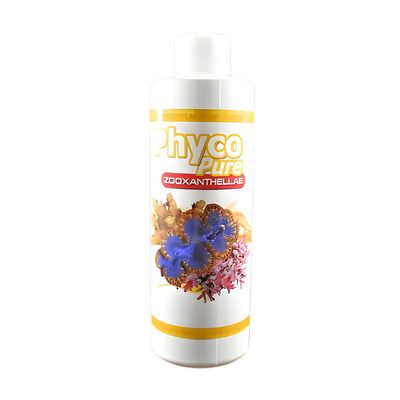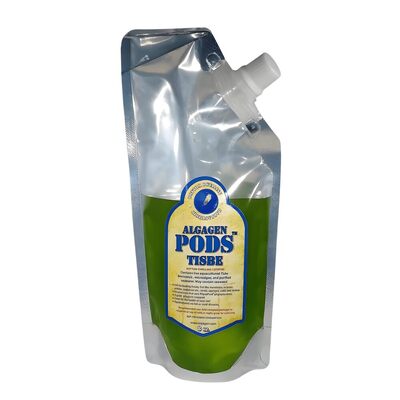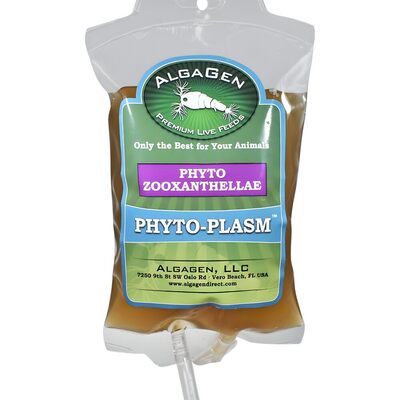Driftwood and rocks are essential for creating a natural and visually appealing aquascape. However, using them safely is crucial to maintain water quality and protect your aquatic life. This guide shares best practices to help you incorporate these materials effectively in your aquarium.
Choosing Aquarium-Safe Driftwood
When selecting driftwood, prefer hard woods such as oak, alder, or Malaysian driftwood, which are less likely to decompose quickly or release harmful substances. Avoid softwoods like pine or cedar that can produce toxins and degrade water conditions.
To reduce tannin release—which can discolor the water but is harmless—soak driftwood in water for 1-2 weeks, changing the water regularly, or boil it for 1-2 hours to sterilize and leach tannins.
Preparing and Securing Driftwood
Since driftwood often floats initially, soak it thoroughly beforehand. If it still floats, secure it with aquarium-safe glue or fishing line tied to heavy rocks until it sinks naturally. Smooth any sharp edges to protect your fish.
Selecting and Preparing Rocks
Choose rocks that are inert and won't affect water chemistry, such as granite or slate. Avoid carbonate rocks that fizz with vinegar, as they can raise hardness and pH.
Rinse rocks well and consider boiling them for sterilization before adding to the tank. Be cautious with heat-sensitive rocks that may crack under boiling.
Placement and Aquascape Design
Plan rock and driftwood placement to create balance and flow, using principles like the Rule of Thirds for aesthetic appeal. Use sand or fine gravel underneath rocks to cushion them and prevent aquarium glass damage.
Maintaining Water Quality
Regularly monitor water parameters after adding driftwood and rocks, since tannins can soften water and alter pH beneficial for some fish but unsuitable for others. Maintain good cleaning routines to prevent debris buildup.
Enhance Your Aquarium Ecosystem
Complement aquascaping with healthy nutrition strategies explored in our articles Mastering Phytoplankton Dosing for Saltwater Tanks and Top 5 Live Feeds for Thriving Reef Tank Ecosystems to maximize aquatic health and vibrancy.
Pros and Cons of Using Driftwood and Rocks in Aquascaping
Understanding the advantages and challenges of these natural elements aids better aquascape planning.

By selecting, preparing, and maintaining driftwood and rocks carefully, you enhance the natural beauty of your aquarium while safeguarding the health of your aquatic inhabitants.





Recent post